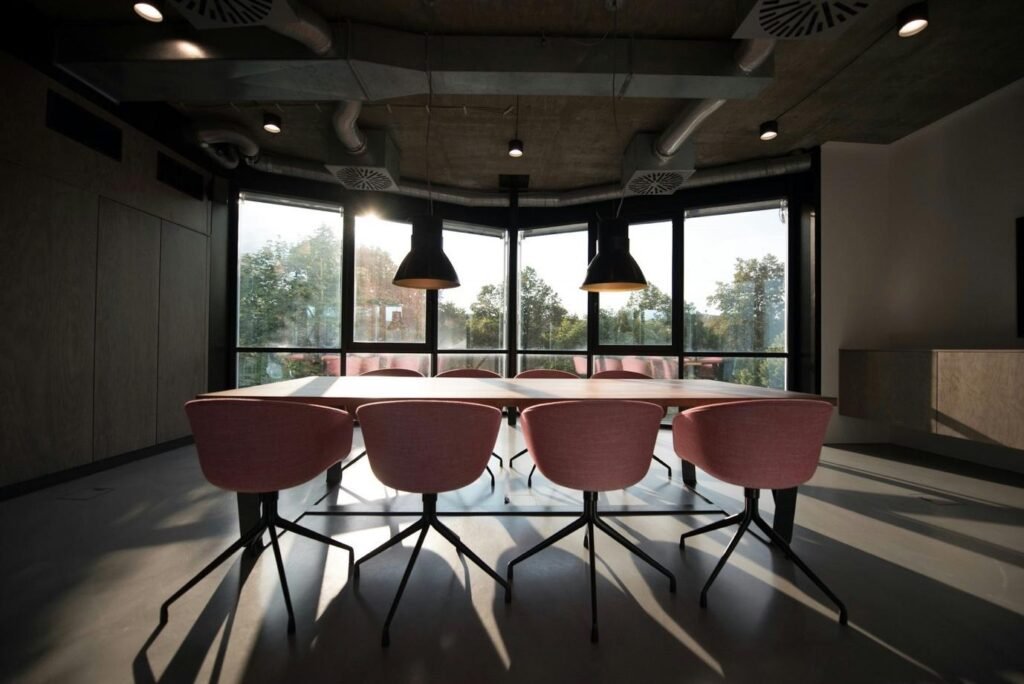Managing change
Nicole Braley, a Forbes Council Member, marketing executive, and career coach, says “change management is one of the most essential leadership skills.” With frequent mergers and acquisitions, leaders must effectively manage these events to avoid a drop in employee morale or customer experience.
Harvard Business writes, “In today’s uncertain climate, leaders at all levels in the organisation are involved in managing change. While senior executives set the organisational tone, those in middle management, leaders on the frontlines, and team leaders also play critical roles.”
Companies that dominated have faded after failing to navigate change in their industries. Braley cites Kodak, Atari, Blockbuster, Netscape, and Nokia as examples. In contrast, companies like Netflix (who adapted their rental service to become one of the world’s biggest streaming platforms), have benefitted from recognising and managing change.
Table of Contents
Navigating legal concerns
As businesses expand and evolve, navigating legal issues becomes more complex. Leaders must understand the implications of different ownership structures and agreements, especially when entering new markets or engaging in mergers and acquisitions. Corporate solicitors can advise on the commercial and legal implications of ownership structures, joint ventures, and partnership agreements.
Effective leaders collaborate closely with legal advisors to make sure their business complies with regulations. This legal oversight is crucial as regulatory frameworks are often changing, particularly in areas like data protection and intellectual property (IP). By staying informed, leaders can mitigate risks and safeguard their organisation’s future.
Data and AI
Data has become a cornerstone of strategic decision-making, and is only likely to grow with the widespread use of artificial intelligence (AI). Business leaders are increasingly using data analytics to understand customer behaviour, market trends, and operational efficiency, as well as to forecast the future.
The use of data requires a new set of skills: leaders must not only understand how to interpret data but ensure data integrity and manage privacy. Collaboration with data scientists and IT specialists is important. Leaders well-versed in data are better positioned to use analytics for their competitive advantage, and those who neglect data will struggle to keep pace.
Forbes reported in 2024 that over half of businesses use AI for cybersecurity and fraud management. Almost half use AI for internal communications, and nearly two-thirds of “business owners believe AI will improve customer relationships.” However, business owners also have concerns about using AI: about a quarter “worry AI might affect their business’s visibility on search engines” and one-third of businesses are concerned about misinformation. Managing these concerns, as well as harnessing the potential of AI, will be key as AI usage continues to spread.
Purpose-driven leadership
Another defining aspect of modern leadership is the focus on purpose. Consumers increasingly prioritise companies that demonstrate social responsibility and ethics. Leaders who ignore these expectations risk losing credibility. Purpose-driven leadership emphasises broader societal values like sustainability, diversity, and community engagement. A purpose-driven leader goes beyond profits and considers the impact of their decisions on the environment, employees, and society. Many companies set sustainability targets and implement programmes that promote inclusion. By having a greater purpose, leaders can create a more committed workforce.
Conclusion
In today’s fast-evolving business landscape, effective leadership requires adaptability, strategic insight, and a deep commitment to purpose. Leaders who can navigate change, whether through mergers, legal complexities, or advancements in technology like AI, are better equipped to steer their organizations towards growth. Those who embrace change management and data-driven decision-making foster resilience and agility, essential qualities for modern businesses facing constant disruption.
Moreover, purpose-driven leadership has become a significant factor in building trust and loyalty among consumers and employees alike. Leaders who prioritize social responsibility, sustainability, and inclusivity not only enhance their company’s reputation but also create a more motivated workforce. By aligning their actions with broader societal values, today’s leaders can drive lasting impact, ensuring their companies thrive in a values-focused, competitive market.

